Waldorf Iridium and Quantum Synths Level Up to MIDI 2.0
[2 October 2025] The arrival of MIDI 2.0 makes the Waldorf Iridium and Quantum the first major hardware synths to support the new protocol.
Waldorf Iridium and Quantum Synths
Waldorf Iridium and Quantum Firmware Update
MIDI 2.0 may have debuted back in 2020, but industry acceptance has come at a snail’s pace. Sure, we’ve had a few MIDI 2.0-equipped controllers come out, such as Native Instruments’ Kontrol S-Series MK3 and Roland’s A-88 Mark II, and Korg has made its Keystage compatible with the protocol, but as for hardware synths, that’s another story.
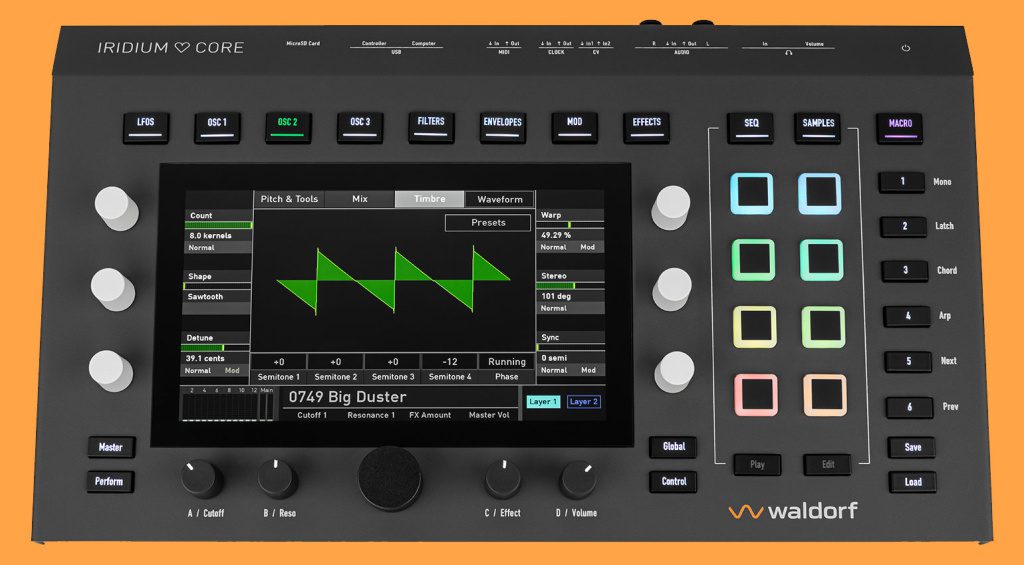
Waldorf has stepped up to the 2.0 plate and given its Iridium and Quantum synthesizers MIDI 2.0 power via a recent firmware update. OS Update 3.3.0 adds MIDI 2.0 compatibility with high-resolution data support to the Waldorf Iridium Desktop, Iridium Keyboard, and Iridium Core, as well as to the Quantum instruments, both original and MK2. (Note that both Quantum models have been discontinued.)
Along with the new and improved MIDI, update 3.3.0 also improves MPE polyphonic pitch-bend, expands favorite sets and authors, adds release velocity as a modulation source, and more.
Owners of one of the compatible Waldorf Iridium or Quantum machines can update at the Waldorf homepage (link below).
Waldorf Iridium and other synthesizers are available at Thomann*.

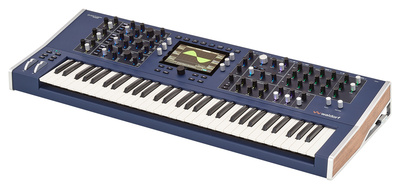

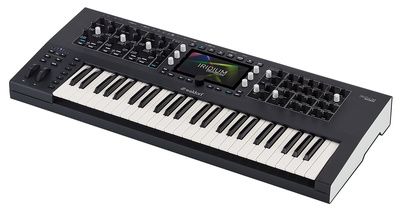

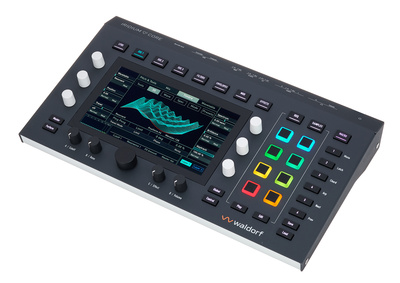

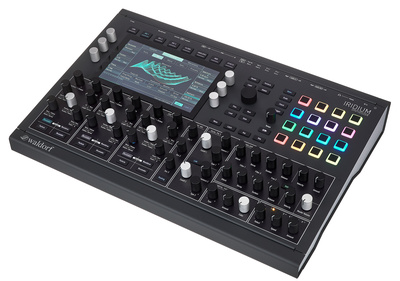

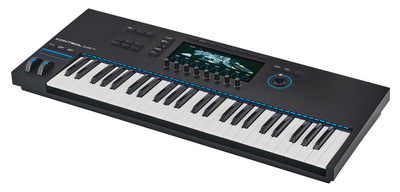

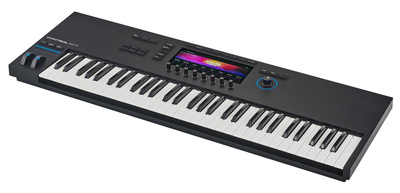

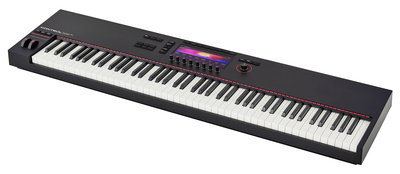

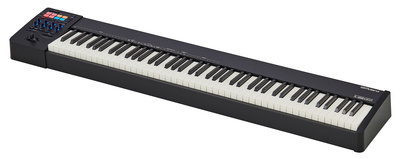
Waldorf releases version 3.0 Quantum and Iridium firmware
[7 September 2023] Waldorf consolidates the futuristic synthesizer OS shared by the Quantum, the Quantum Mk2 and the Iridium desktop and keyboard. Version 3.0 has some very welcome features.
Waldorf 3.0
It’s interesting how the new version 3.0 OS brings together and unifies its top synthesizers. This perhaps gives a reason for the recent discontinuation of the Kyra hardware platform. It appears that Waldorf wants to focus on the futuristic internals of the Quantum and Iridium and take us forward to new dimensions.
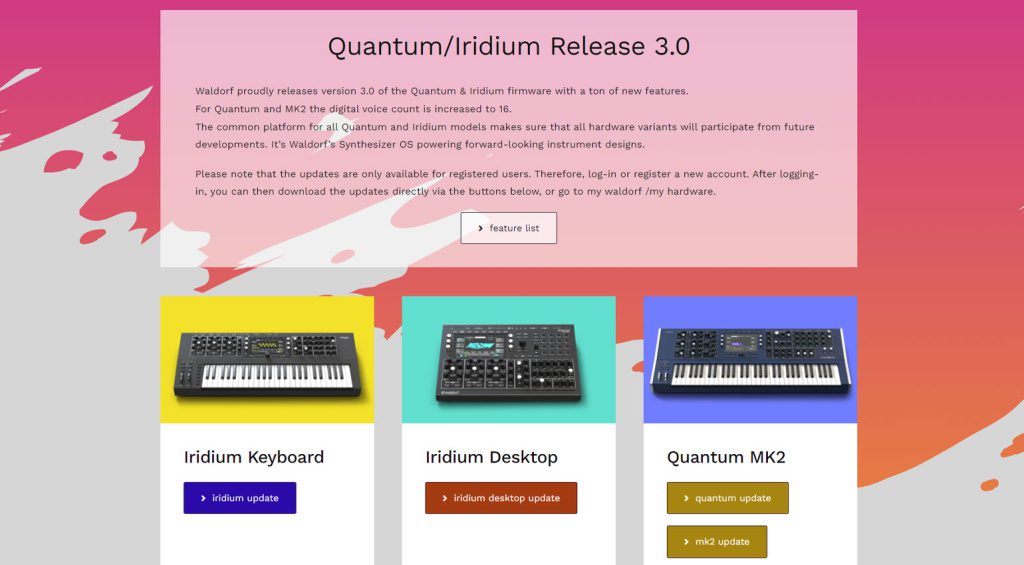
Firmware update
Probably the most crucial unification is the bumping of the Quantum to 16 digital voices. This doesn’t appear to affect the analogue filter count where a Voice Allocation mode can mix analogue and digital layers.
The oscillators can now be moved about in the stereo field. A new Mix screen lets you level, pan and route all three oscillators individually. You can also set minimum and maximum note parameters and Mono Mode has a new retriggering function for force retriggering even when the previous note is still in release.
Wavetables get some bit reduction-style effects and now all the parameters are available on screen as well as on the knobs. There are new noise modes called Pings and Geiger and that’s all in stereo too. For the Resonator you can now disable pitch tracking. We get a new Tremolo effect, and the sequencer is bumped up to 64 steps.
Those are the main points of interest but of course, there are plenty of other tweaks and adjustments under the hood. For people who like every single detail then you can view the whole list here.
It looks like a solid upgrade that sets Waldorf up for focusing on new features across the board. The stereo elements and voice counts alone make this a decent upgrade for any user.
Download it now
The update is free and available to anyone with the hardware to support it. It does require you to register on the Waldorf website and give away some information. You’ll need to download an update file for your specific synthesizer as there are still limits to the level of unification.
One response to “Waldorf Iridium and Quantum Synths Level Up to MIDI 2.0”

 5,0 / 5,0 |
5,0 / 5,0 | 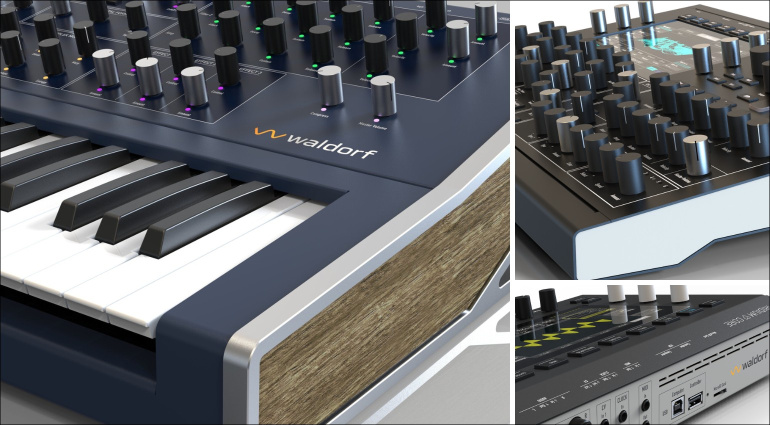


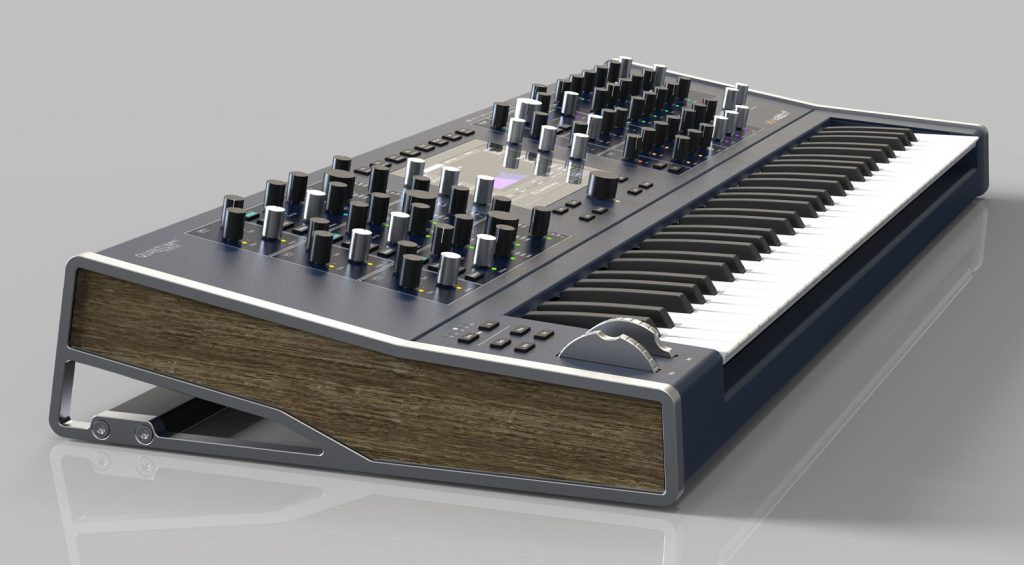
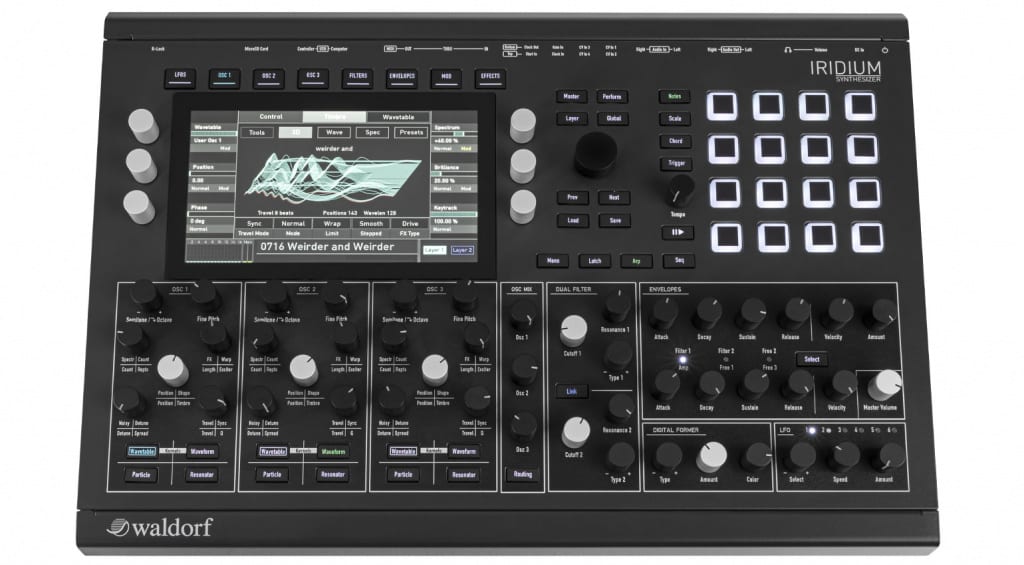
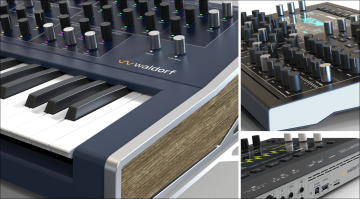

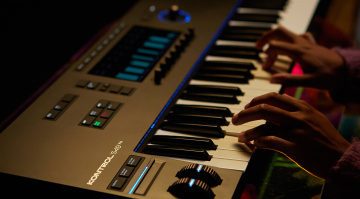
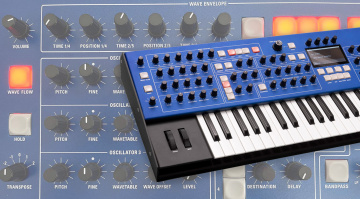
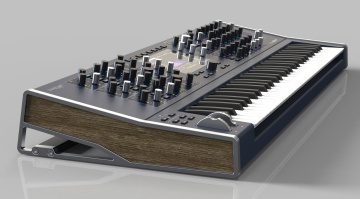
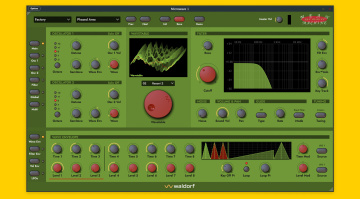

Additionally, it is possible to establish both minimum and maximum note parameters. Furthermore, Mono Mode now has a novel retriggering mechanism that enables force retriggering, even if the previous note is still in the release phase.